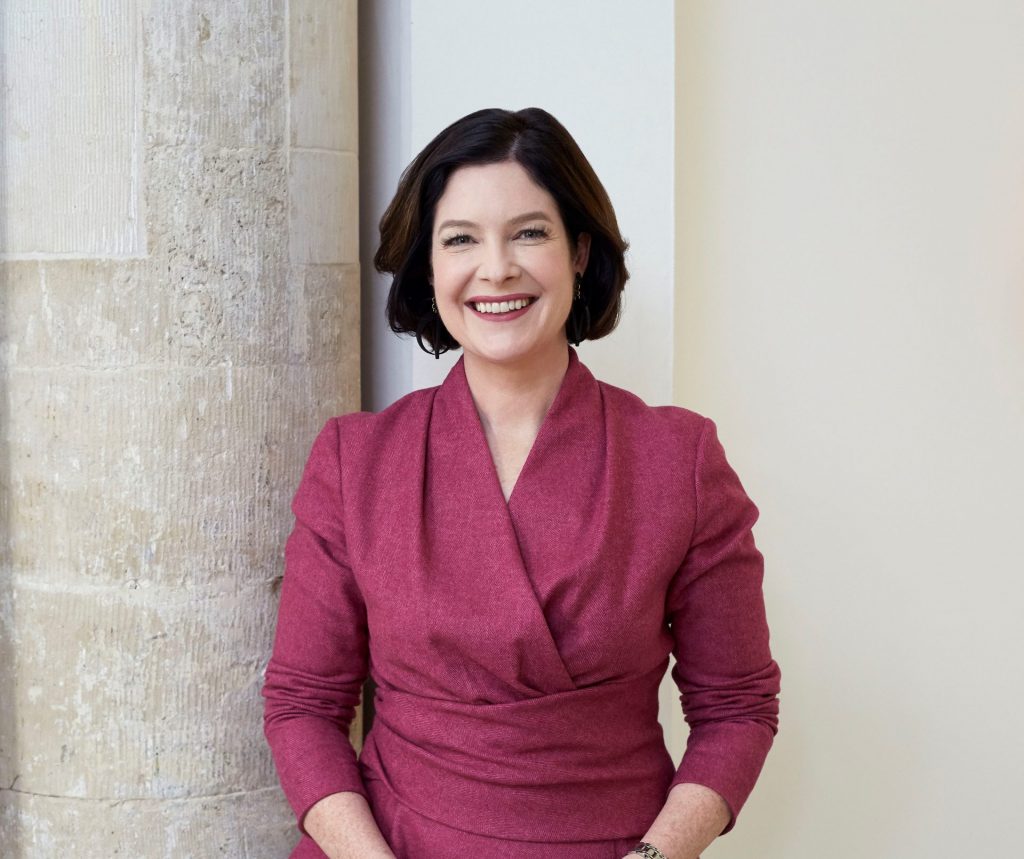A great team vision keeps the team inspired, so success feels closer and more meaningful, says Pam Hamilton
Volunteering is good for you, so why don’t more people do it? This was the challenge we started with in a workshop to increase volunteering in my local area. We found out that one of the main barriers was that it was hard for volunteers to find the right opportunities to suit their skills and time, and part of the problem was not knowing what was available to them.
We began the workshop with a visioning exercise, asking the attendees to draw ‘the perfect world of volunteering’. We intended to imagine an ambitious, idealistic world that brought to life what it would look and feel like for this issue to be solved. One person drew a beehive and explained that the bees were pollinating different flowers by sharing information.
A year afterwards, The HIVE Portsmouth was created, and became the city-wide hub that coordinated the UK city’s community response to the Covid-19 pandemic, a response made possible by an army of local volunteers from all the different voluntary and community organisations in the city, coordinated centrally, cross-pollinating both people and information.
Redefining ambition
The reason our vision succeeded into reality was because the exercise had helped us to redefine the ambition of the project from ‘help more people to volunteer’ to ‘create a hive of information and activity that attracts more people to volunteer’. Inherent in the redefinition was the outcome (cross-pollination of activity), rather than only the output (more volunteers).
Visualisation has long been a part of elite sports. Olympic athletes train to achieve peak physical performance, and they also train mentally for winning, by visualising what success looks and feels like.
Likewise, the best teams envision their success, beyond defining their objective and outputs. What does success look and feel like for this team when we do get there?
What are the possible positive outcomes that this team can create?
The wider purpose
If we focus first or only on the team’s outputs and deliverables (which is what happens when we are under pressure), we lose the potential to motivate your team with a wider purpose. When we create a positive vision of a successful future outcome, the outputs and deliverables fall into place.
Outcomes are what happen in people’s lives because of our work, the emotion of what we are trying to achieve, the reason why the topic is important. That’s why a crucial stage in agreeing any team’s ambition is to define both the outcomes and outputs, by creating a team vision or aligning them on a ‘North Star’.
Many agile businesses believe in establishing a ‘North Star’ metric, a term coined in Silicon Valley that helps businesses to ‘move past generating short-lived growth and focus on creating retainable long-term customer growth and a sustainable future’. A North Star links what the team is working to provide for their customers with the revenue the business will generate by doing so. For example, Facebook measures daily active users rather than just the number of members. They are interested in the quality of the engagement, not simply the numbers.
The key to envisioning success is to create an ambitious goal based on an idealistic vision, and this help teams perform even better than they otherwise would. Research has proved that committing to goals improves team performance, even more so if those goals are challenging and ambitious. Brands have long used a vision to define their work, motivate their teams and inspire their customers.
Dove’s vision ‘to help the next generation of women develop a positive relationship with the way they look – helping them raise their self-esteem and realise their full potential’ and Tesla’s ‘to accelerate the world’s transition to sustainable energy’ stretch their teams beyond the specific products they sell.
Stretching vision
The best teams in the world have a stretching vision or a true North Star to focus on, keep them on track and remind them what they are really trying to achieve, beyond the numbers and outputs. Creating a shared, ambitious, and idealistic team vision is an excellent way to make your team achieve more together. Not only is it a great team building activity, but it also aligns the team around the true goals and gives a foundation of purpose and motivation grounded in what success will look and feel like.
A great team vision keeps the team inspired, even in the grind of the day to day. And because team members have imagined the potential for success, that success feels closer and more meaningful.
Every team should have a vision or a North Star for their work – what’s yours?

Pam Hamilton is the author of Supercharged Teams: 30 Tools of Great Teamwork. Chapter 4 ‘What Goals Do You Want To Achieve’ has case studies and three tools that your team can use to create your team vision, or do the free team assessment to see how your team performs and find out which Chapters and Tools are right for your teams.



